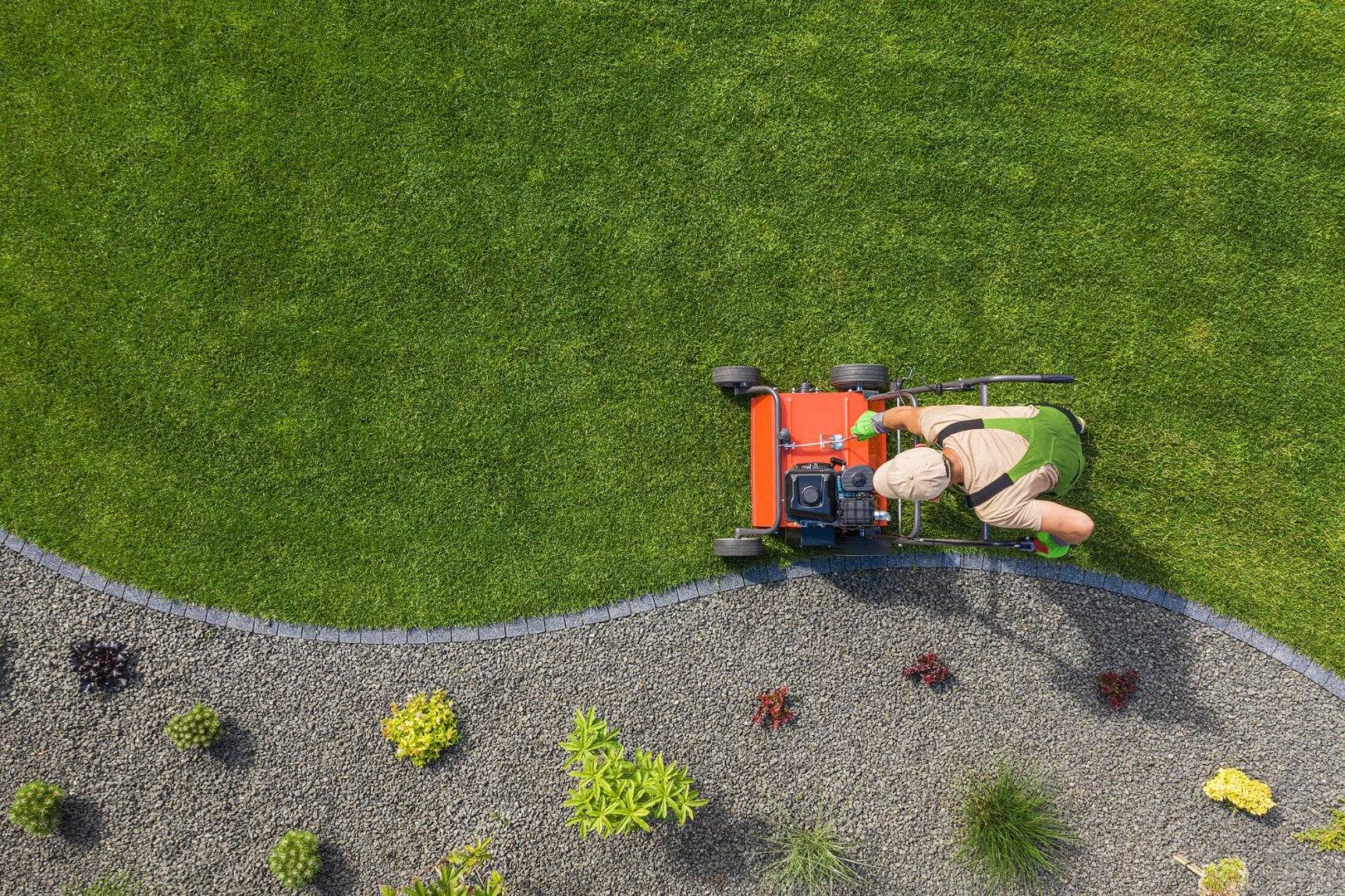When it comes to creating a beautiful and practical outdoor space, property owners often find themselves traversing the complex world of landscaping. At the center of this process lies a couple of essential factors: hardscape design and softscaping. Hardscape refers to the non-living elements in your landscape, such as patios, walkways, and stone walls, whereas softscaping encompasses the flora aspects, like plants, flowers, and trees. Striking the perfect balance between these both elements can transform your yard into a breathtaking oasis that shows your personal style while serving your lifestyle needs.
Understanding the specific benefits of both hardscape design and softscape design is essential for maximizing the potential of your outdoor space. Professional landscaping services can provide useful insights and help avoid typical mistakes that home improvers often face. From enhancing Landscaping Services North Yorkshire to enhancing aesthetic appeal, the right approach to landscaping can offer enduring rewards. As we explore the skill of balancing hardscaping and softscaping, we will discuss practical tips and advice that will allow you to cultivate a yard you can be proud of, while also considering green methods that benefit the environment.
Understanding the Importance of Expert Landscaping
Investing in expert landscaping can greatly enhance the charm and usability of your home. A carefully planned landscape not just improves the look of your house or business but additionally contributes to your entire living experience. Expert landscapers have the expertise to create breathtaking designs that incorporate hardscape elements like terraces, walkways, and al fresco dining areas, seamlessly blending them with softscaping features such as flower beds and grassy areas. This harmony is key to creating inviting outdoor spaces that are simultaneously aesthetically pleasing and practical.
One of the primary benefits of engaging a landscaping service is the professional insight they bring to the table. Experts understand the specific needs of your property, including the type of soil, weather patterns, and the best plant selections for your environment. They can also spot common landscaping blunders that homeowners often make, helping you avoid expensive errors that could detract from your landscape's appeal. By utilizing their skills, you can achieve a consistent design that improves your home's appeal.
Moreover, professional landscaping is a smart investment when it comes to boosting real estate worth. Studies indicates that properly cared for landscapes can add substantial worth to homes and business properties. In many cases, a carefully landscaped property can see a profit of up to 15 percent or more. This increase not only makes your home more attractive to prospective buyers but also makes it stand out in a challenging market. By making the choice to select professional landscaping, you are prepared to reap long-term rewards, not only in pleasure and monetary gain.
Key Yard Maintenance Practices
To maintain a healthy lawn, regular mowing is crucial. Keeping your grass at the appropriate height supports healthy growth and thickens the turf. Mowing your lawn when it’s dry allows for neat cuts and limits stress on the plants. Aim to mow at a taller setting during the warmer months to encourage stronger root growth and cover the soil, which helps hold moisture and control weeds.
Irrigation is another key element in lawn care. Established lawns generally require about one inch of water per week, including rainfall, to stay healthy. It is best to water early in the morning or late in the evening to minimize evaporation. Using a sprinkler system with a clock can ensure your lawn receives regular moisture without overwatering, which can lead to issues like mold and weak root systems.

Nutrient application is essential for delivering your lawn with the nutrients it needs to thrive. A nutrient-rich fertilizer applied at the right times of the year can enhance growth and color. Early spring and fall are perfect for applying fertilizer, as the grass eagerly grows during these periods. Make sure to comply with the manufacturer’s guidelines to avoid excess fertilization, which can harm the environment and your lawn’s health.
Eco-Friendly Landscaping Solutions
Incorporating green landscaping solutions is vital for designing sustainable outdoor spaces that flourish while minimizing environmental footprint. Incorporating indigenous plants is a fundamental strategy, as these species are perfectly suited to local environments and require less water and maintenance. By choosing native vegetation, homeowners can reduce their reliance on chemical fertilizers and pesticides, building a healthier ecosystem that nurtures local wildlife, particularly bees and butterflies.
A further successful approach is implementing xeriscaping, which centers on creating a landscape that requires minimal watering. By selecting drought-resistant plants and employing efficient irrigation methods, homeowners can save water while maintaining a stylish and vibrant yard. Mulching flower beds and gardens also enhances water retention in the soil, cutting down the need for repetitive watering and boosting the overall health of the landscape.
Finally, integrating hardscaping elements like porous patios and walkways contributes to sustainable landscaping by encouraging proper drainage and reducing runoff. These features not only enhance the aesthetic beauty of the outdoor area but also mitigate erosion and water pooling issues. By adopting these sustainable landscaping methods, homeowners can create a balance between beauty and environmental stewardship, resulting in improved properties and neighborhoods.
